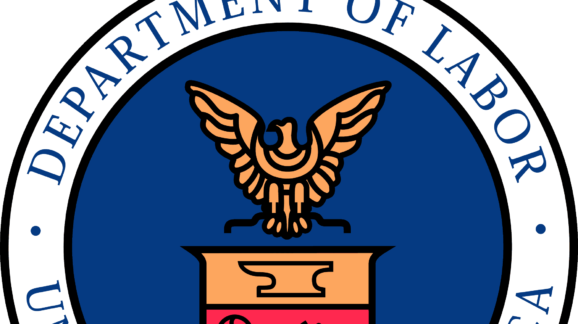Crafting a Sensible Overtime Rule

 Last month, the Eastern Texas District Court invalidated the Obama administration’s overtime rule. In a stinging rebuke, the judge ruled the Department of Labor (DOL) regulation set the overtime salary threshold so high at $47,476, a one hundred percent increase from the previous level, that it conflicted with congressional intent and was not a reasonable interpretation of the statute.
Last month, the Eastern Texas District Court invalidated the Obama administration’s overtime rule. In a stinging rebuke, the judge ruled the Department of Labor (DOL) regulation set the overtime salary threshold so high at $47,476, a one hundred percent increase from the previous level, that it conflicted with congressional intent and was not a reasonable interpretation of the statute.
Without this decision, such a dramatic increase to overtime salary threshold would have wreaked havoc on the economy. Non-profits, public universities, state and local governments, and small businesses are ill-equipped to handle extra labor costs arising from such an increase of overtime eligible employees.
Now the Trump DOL is starting down the path to craft a new overtime rule. On July 26, 2017, the Labor Department published a Request for Information on what changes it should make to the overtime rule.
It is important that the Trump administration avoid the pitfalls the Obama DOL fell into. This is the focal point of the Competitive Enterprise Institute’s comments.
Historically, the Fair Labor Standards Act (FLSA), the statute that sets wage and hour laws, was never meant to cover all private-sector employees. This is seen by nearly 50 full or partial exemptions from overtime requirements in the FLSA. In contrast, the Obama DOL’s motivation for issuing the overtime rule was to extend overtime coverage to millions of more workers by drastically raising the salary threshold.
In proposing changes to the overtime rule, specifically the salary threshold, it is important to set it at a low level. There are multiple reasons for setting the overtime salary threshold at a low level.
First, the FLSA does not make any mention of salary in regards to overtime exemptions. According to the statute, an employee is exempt from overtime requirements if they perform “bona fide executive, administrative, or professional” duties.
Second, the salary threshold test was not devised to act as the predominant factor in determining overtime eligibility, as was the case in the Obama overtime rule. Rather, the salary threshold test is a useful tool to screen out obviously non-exempt employees who generally do not serve in an executive, administrative, or professional capacity. It also eases compliance for DOL investigators and employers because, as past Labor Departments have understood, it is difficult to distinguish between a worker and a professional.
Third, historically, “the Department has looked to salaries of exempt employees in the lowest-wage region, the smallest size establishment group, the smallest-sized city group, and the lowest-wage industry.” A low salary threshold preserves exempt status from overtime requirements for millions of employees who perform executive, administrative and professional duties, as Congress intended.
Fourth, the DOL has been consistent over the long history of the FLSA in setting a low salary threshold. In general, the overtime rule’s salary threshold has not been increased by more than 10 percent. As I note in my comments, historically, “when looking at what percentile of exempt employees’ salaries to set the threshold, the DOL has, used the 10th, 15th and 20th percentile of overtime exempt employee salaries. The Obama administration’s rule doubled the historical rate of increase, setting the salary threshold to the 40th percentile of all non-hourly employees.”
In any proposal for a new overtime regulation, it is important to take into account that employment has undergone dramatic change since the passage of the FLSA in 1938. It is important to create a rule that does not inhibit new business models, block employees from moving up the ladder, or restrict an employer from offering various compensation packages that employees desire. Regulation should not interfere with individual’s ability to determine their own work goals and choices.
The private sector is burdened by an excess of red tape. My colleague Wayne Crews estimates the total annual burden of regulation on the economy at about $1.9 trillion. It is important that any new overtime rule adds little to this already obscene figure.